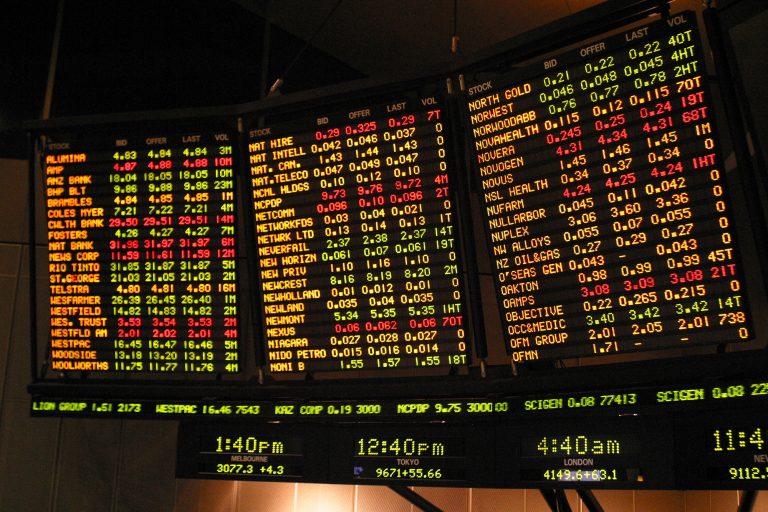Quarterly Economic Update: Jul – Sep 2023
Australia’s annual inflation rate has taken an unexpected step up, increasing pressure on the Reserve Bank to push interest rates higher and once again raising the prospect that Australia will…

Australia’s annual inflation rate has taken an unexpected step up, increasing pressure on the Reserve Bank to push interest rates higher and once again raising the prospect that Australia will…

At the beginning of 2022 the Australian economy appeared to be sliding into recession, dragged down by higher interest rates and even higher inflation levels. As a result, it was…
End of content
End of content